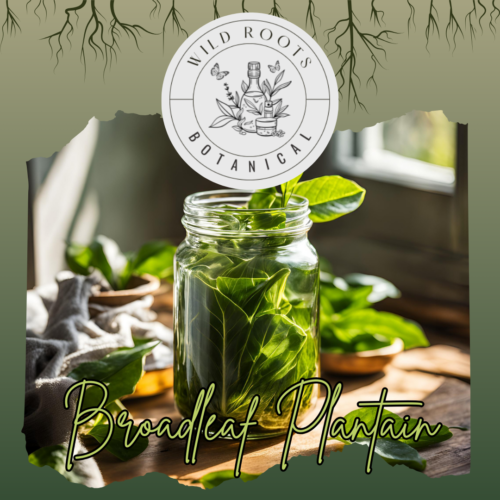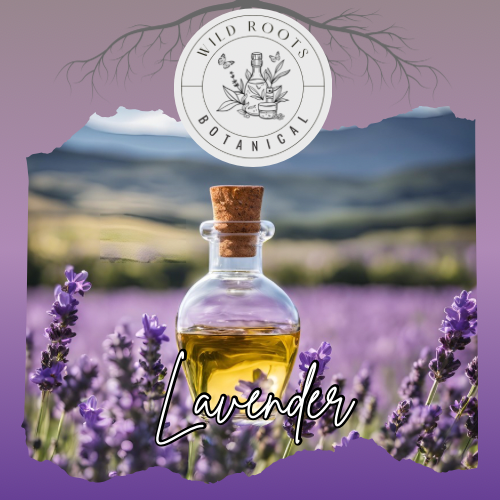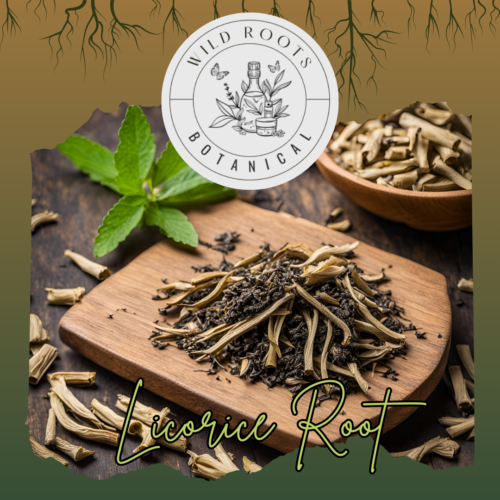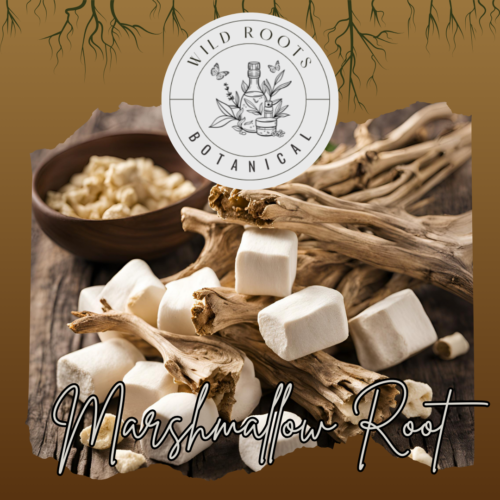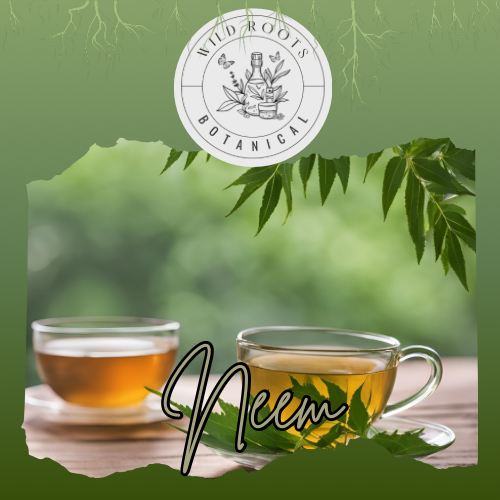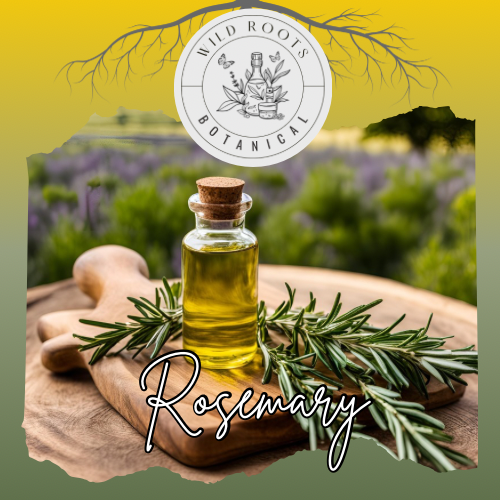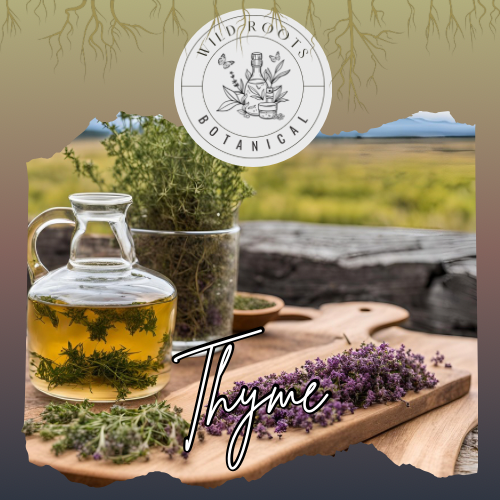Sencha Green Tea: Japanese Tradition of Wellness – A Comprehensive Guide
Introduction
Sencha, Japan’s most popular green tea, represents centuries of cultivation expertise and cultural refinement. This distinctive tea, characterized by its needle-shaped leaves and bright, vegetal flavor, accounts for about 80% of Japanese tea production and embodies the essence of Japanese tea culture.
Historical Journey
Origins in Japan
- Introduced during the Tang Dynasty
- Popularized in the 17th century
- Processing methods refined over centuries
- Cultural integration development
Cultural Evolution
Development stages:
- Traditional Chinese processing
- Japanese innovation
- Modern mechanization
- Global appreciation
Scientific Understanding
Chemical Composition
Key components include:
- Catechins (EGCG)
- L-theanine
- Caffeine
- Flavonoids
- Amino acids
- Vitamins (C, B complex)
- Minerals
Health Benefits
Research-supported effects:
- Antioxidant activity
- Cancer prevention
- Cardiovascular health
- Brain function
- Weight management
- Blood sugar regulation
Production Process
Cultivation
Requirements include:
- Specific climate conditions
- Soil composition
- Shade management
- Pruning techniques
Processing Steps
- Harvesting
- Timing selection
- Leaf selection
- Machine harvesting
- Quality control
- Processing
- Steam treatment
- Rolling/shaping
- Drying
- Sorting
Traditional Preparation
Tea Ceremony Elements
Essential components:
- Water temperature
- Steeping time
- Tea-to-water ratio
- Vessel selection
- Pouring technique
Equipment
Traditional tools:
- Kyusu (teapot)
- Yunomi (teacups)
- Chasen (tea whisk)
- Chashaku (tea scoop)
- Water kettle
Modern Applications
Contemporary Uses
Beyond traditional tea:
- Culinary applications
- Beauty products
- Health supplements
- Energy drinks
- Ice cream flavoring
Commercial Products
Available forms:
- Loose leaf
- Tea bags
- Powder
- Extracts
- Ready-to-drink
Quality Factors
Grading Criteria
Assessment based on:
- Leaf appearance
- Aroma profile
- Liquor color
- Taste characteristics
- Processing quality
Storage Requirements
Optimal conditions:
- Temperature control
- Humidity management
- Light protection
- Air exposure limitation
- Container selection
Health Benefits
Physical Health
Supported benefits:
- Metabolism boost
- Immune support
- Dental health
- Liver protection
- Blood pressure regulation
Mental Health
Cognitive effects:
- Stress reduction
- Focus enhancement
- Memory improvement
- Mood elevation
- Anxiety reduction
Cultural Significance
Japanese Tradition
Role in:
- Daily life
- Social gatherings
- Business meetings
- Cultural ceremonies
- Gift-giving
Global Impact
International influence:
- Tea culture spread
- Health awareness
- Mindfulness practices
- Cultural exchange
- Culinary arts
Fun Facts
- Sencha means “roasted tea” though it’s actually steamed
- The first infusion is called “ichiban-cha”
- It contains more antioxidants than other green teas
- Japanese astronauts take it to space
Environmental Aspects
Sustainability
Considerations include:
- Organic farming
- Water management
- Pest control
- Soil health
- Biodiversity
Climate Impact
Factors affecting production:
- Temperature changes
- Rainfall patterns
- Pest prevalence
- Growing season length
Modern Research
Clinical Studies
Current focus areas:
- Cancer prevention
- Cardiovascular health
- Cognitive function
- Weight management
- Diabetes control
Future Directions
Emerging research:
- Bioavailability studies
- New extraction methods
- Health applications
- Product development
References
- Miyoshi, N., et al. (2015). “Health Benefits of Green Tea in Japan.” Nutrients, 7(9), 6974-6986.
- Unno, K., et al. (2017). “Anti-stress Effect of Green Tea with Lowered Caffeine on Humans.” Biological and Pharmaceutical Bulletin, 40(6), 902-909.
- Suzuki, Y., et al. (2012). “Health-promoting effects of green tea.” Proceedings of the Japan Academy, Series B, 88(3), 88-101.
- Kondo, M., et al. (2019). “Green tea and cognitive function: an overview of bioactive components and their potential mechanisms of action.” Molecules, 24(3), 528.
Traditional Recipes
Classic Sencha
Basic preparation:
- Water at 70°C
- 1.5g per 100ml
- 1-2 minute steep
- Multiple infusions
Cold Brew
Summer variation:
- Room temperature water
- Extended steeping time
- Strain and chill
- Optional garnishes




